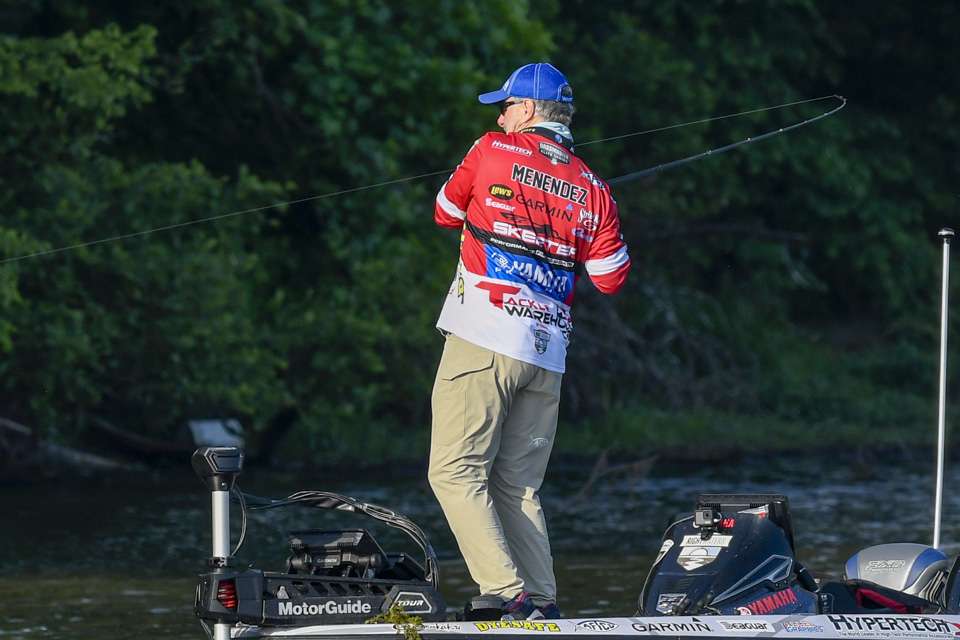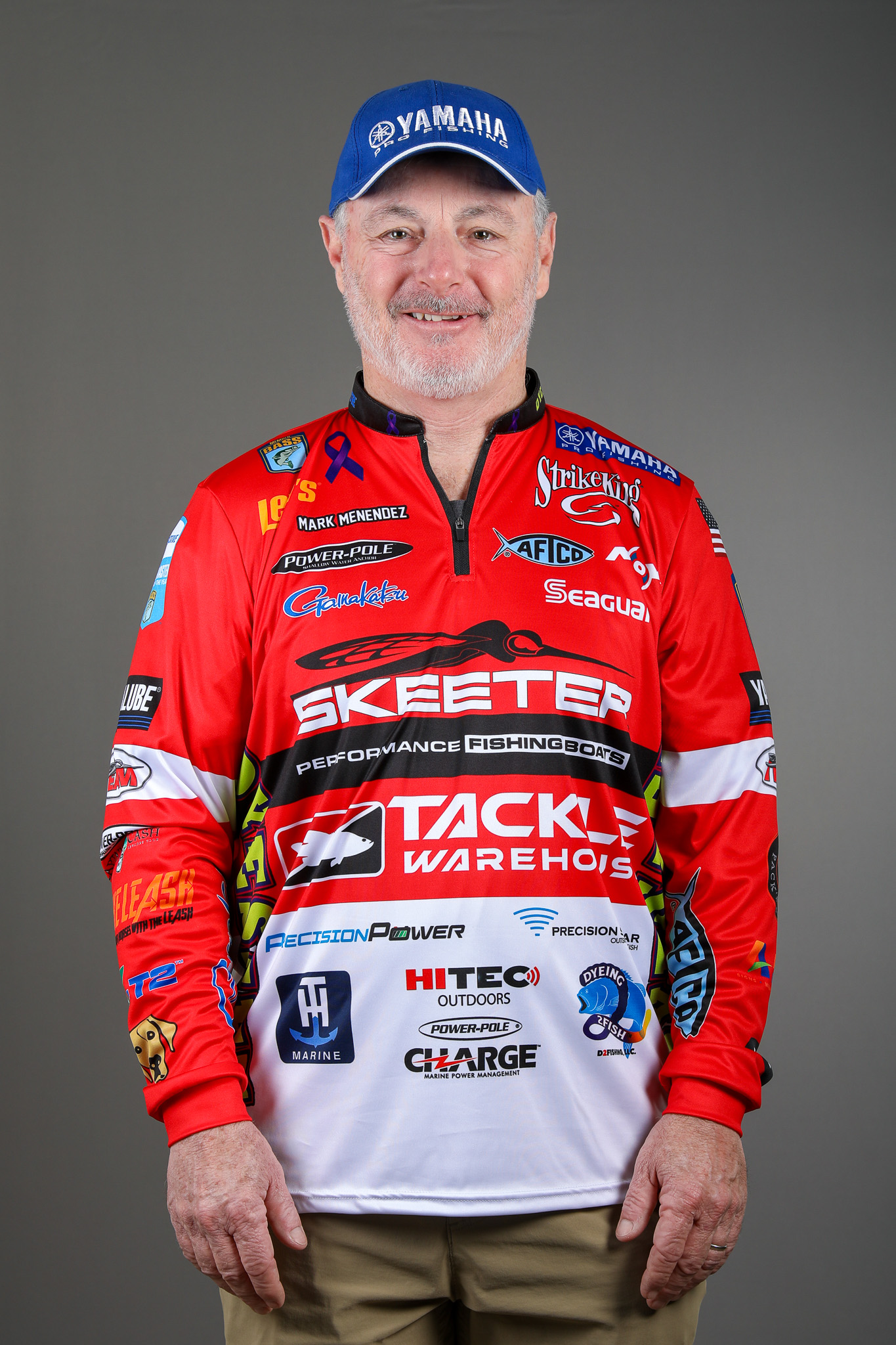
If you really examine the competitors that make up the Bassmaster Elite Series field, you’ll find that everyone has their own strengths as anglers. Those strengths are usually something that line up with the waters where we come from. There are exceptions, but it’s a general rule.
Being from the Kentucky Lake area, I spent most of my early competitive years fishing the offshore, main lake spots that it took to catch the better quality fish the majority of the year. With that in mind, I became known as an angler who was good with big spinnerbaits, jerkbaits and deep-diving plugs.
While I am certainly in my element with a Tour Grade spinnerbait, a KVD Jerk or a 6XD crankbait tied on my rods, I learned that I had to make some changes to be able to compete on the Elite Series – I had to evolve.
When I look at our typical schedule each year, at least 80% of the stops won’t allow me to use my “natural” fishing strengths, and I turned to flipping.
Dee Thomas invented flipping in the 1970s, and it quickly became one of the best ways to target the right kind of fish where they lived. So, it made sense to adopt that as a technique to compliment what I did. Over the past 10 years or so, flipping rods have become my most-used tools in my Skeeter.
Let’s talk about the advantages first. Flipping allows me to get away from the crowd and cover areas making precise presentations to fish that are in cover. Bass will school up at times of the year, but the bigger fish that make the most difference in tournaments tend to get on isolated objects or in heavy cover. By flipping, I am usually in an area that I will have mostly to myself or share with few others. I am covering water, and I can put a lure into that cover with a great deal of stealth, which helps me get more bites.
My equipment is built to handle the size of the fish and the harsh objects I’m fishing. I will always use a 7-foot, 6-inch heavy-action Lew’s rod, and these days I’ve started using an 8.3:1 Lew’s Hypermag reel. I used to use the 7.5:1 gear ratio model, but I found there have been times that the faster ratio has helped me gather more line when a fish bites and moves quickly. I’ve caught more of those fish.
I always use 20-pound test Seaguar INVIZX line and a 5/0 Gamakatsu Heavy Cover straight shank hook. The hook is by far the best one I’ve used for properly rigging the bait, but more importantly, it really hooks them deep and holds. A lot of anglers will adjust their line size based on water clarity, but I have found that line size really doesn’t matter in the cover. I always use the 20-pound test to make sure I get them in the boat.
For baits, I have three that I use. I used to use a jig but have gone almost exclusively to soft plastics for flipping. The newer styles of plastic baits give me plenty of appeal to larger fish but also produce a few more bites in general than a jig.
My first choice of baits is a Strike King Rage Craw. I catch keepers on it and have caught 8-pounders on it in competition, so that is my choice the majority of the time. If I am fishing grass, I tend to go to the Rage Bug because it slides in and out of cover because of its slender profile, but it still presents a good profile. Finally, I use the Game Hawg a lot around the spawn because the fish are more aggressive and that slithering action triggers bites.
For weight size, the majority of the time I use a 5/16-ounce Tour Grade Tungsten Flipping Weight because it makes for easier presentations and has the correct fall rate. There are times I’ll go lighter when the conditions are bad or I’m fishing for pressured bass. I will go heavier if the cover is dense.
I used flipping in three events this past year to cash checks when the majority of the field was doing something different. At Chickamauga, Pickwick and Lake Fork, I had areas to myself and was able to pick off enough fish to do well in the event.
Ultimately, I think flipping is the only technique that gives us the chance to be at 100% conversion on opportunities. I’m doubtful that I will ever be at that level in any one event, but I can honestly say that I’m converting 95 to 96% of my bites. With work I’ll get to 97 or 98%, and I’ll take those odds any day in a tournament.
If I could leave you with one tip to make your flipping easier it would be to leave your reels slightly less than full when filling your reels. That 1/8th of an inch of space will help cut down on overruns and backlashes while flipping and pitching and make you a more efficient angler.
Flipping has helped me in my career, and I hope it helps you too.





